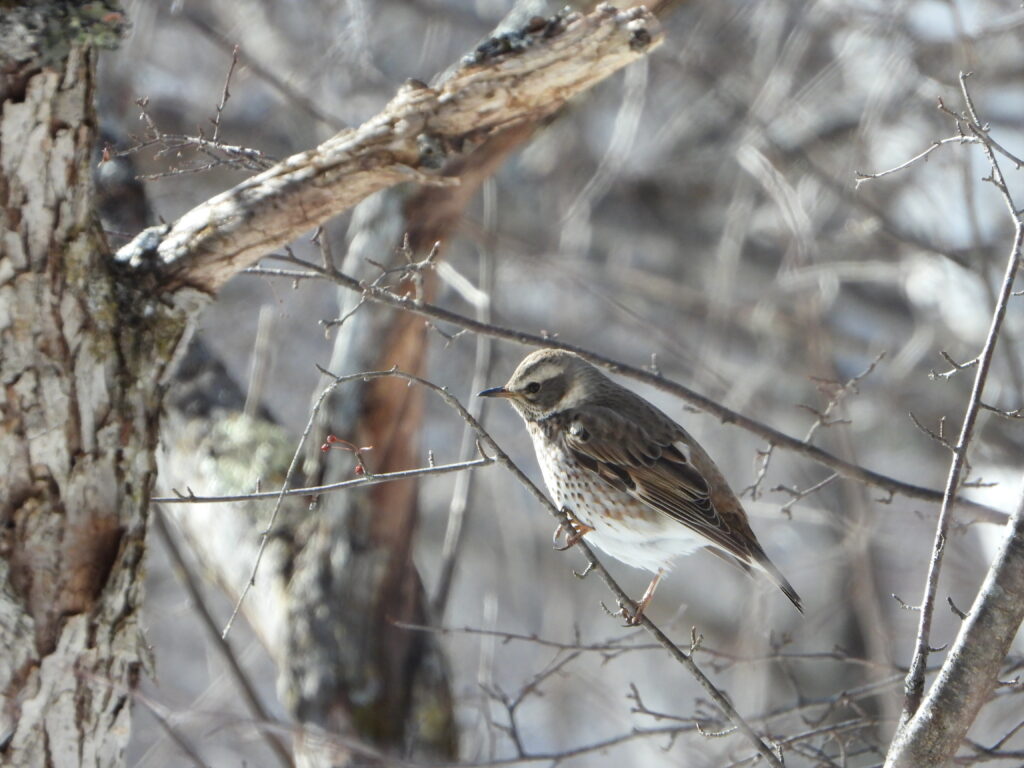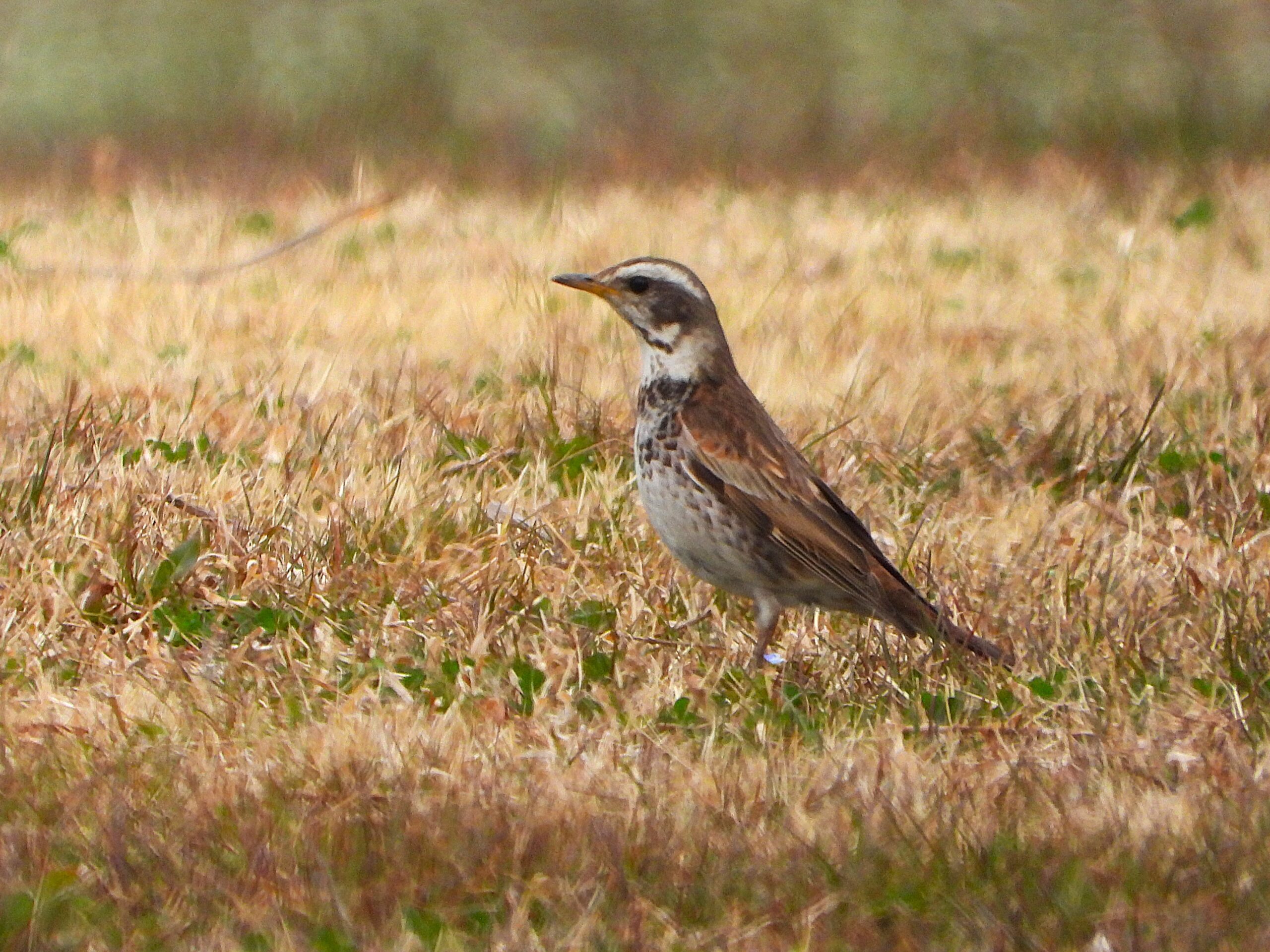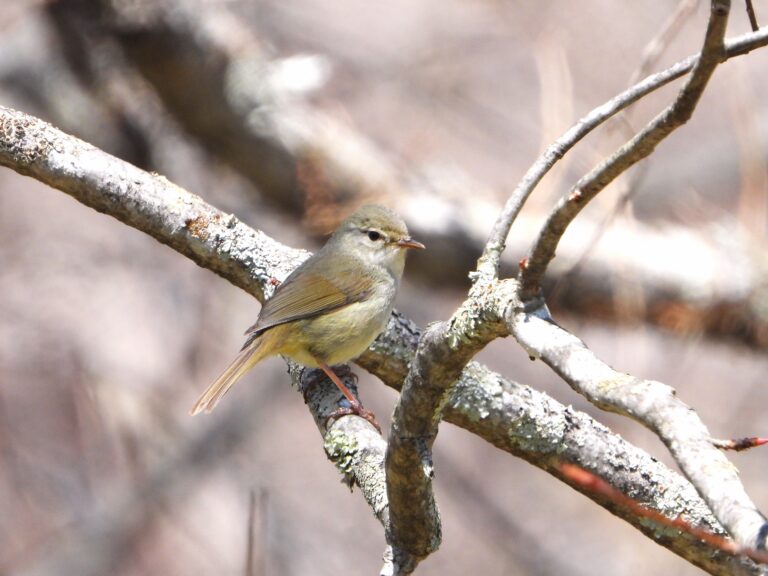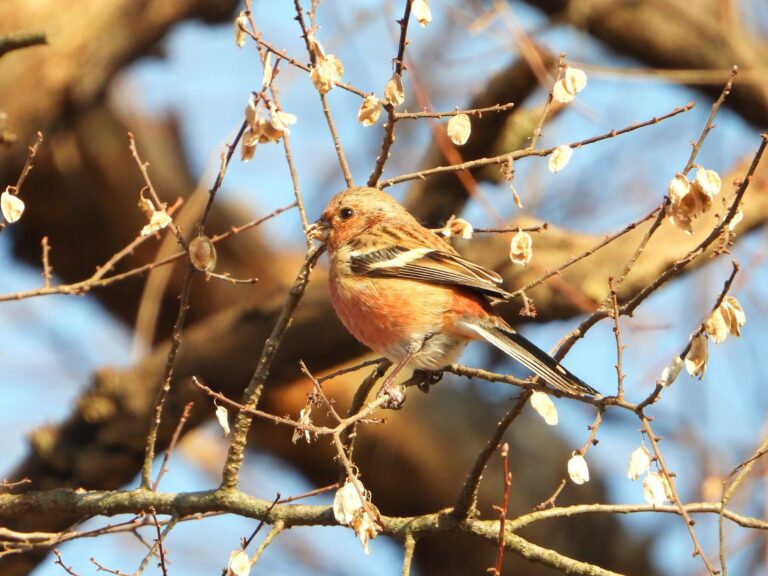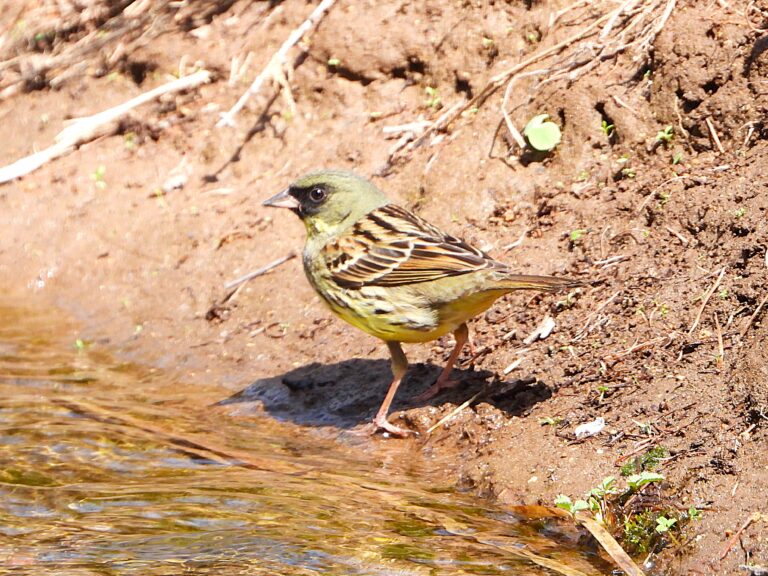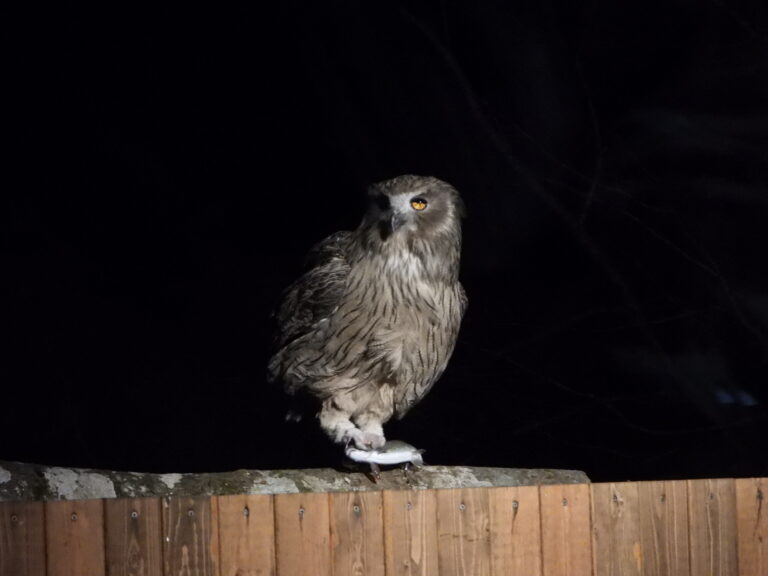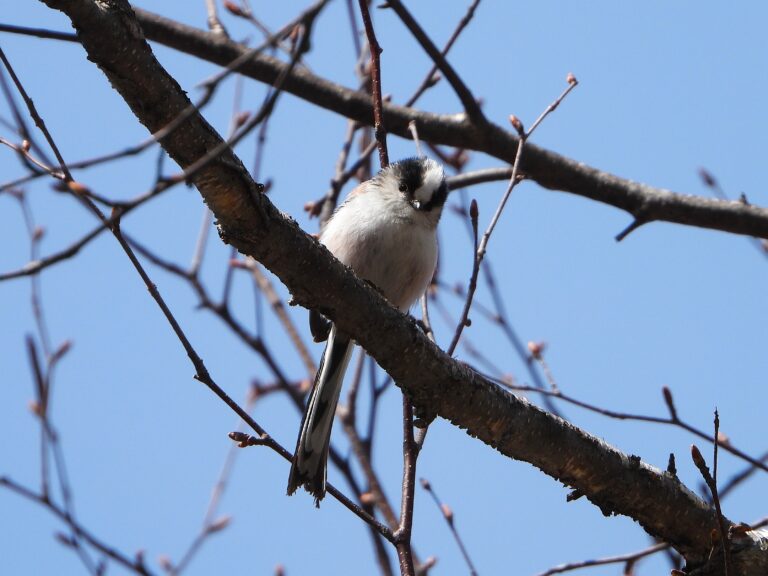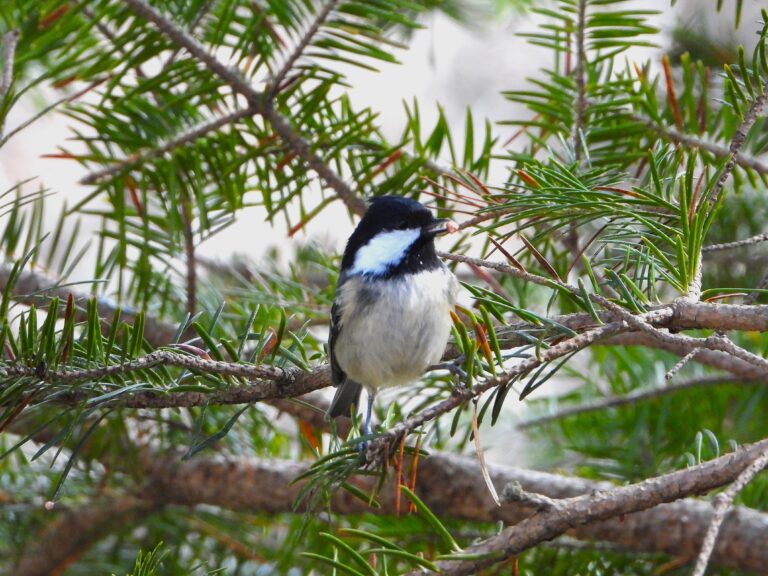Dusky Thrush (Turdus eunomus) – Wildlife of Japan
Introduction
A familiar sight in Japan’s winter bird community, the Dusky Thrush migrates from Siberia and arrives in autumn. It forages on lawns, riverbanks, agricultural fields, and parks, and remains through early spring. Shortly after arrival, birds may gather into loose flocks, though in midwinter many act alone.
Taxonomy & Names
- Scientific name: Turdus eunomus
- English name: Dusky Thrush
- Japanese name: Tsugumi
- Taxonomic note: Formerly regarded as a subspecies of Turdus naumanni (Naumann’s Thrush), but now generally treated as a distinct species.
Appearance
About 24 cm long with a wingspan around 39 cm. The upperparts are dark brown to blackish, and the underparts are white with bold dark spots. A pale eyebrow line gives it a distinctive face pattern. Both sexes look similar.
Habitat & Distribution
Breeds across Siberia to Kamchatka and winters in East Asia, including Japan, Korea, and China. In Japan it is a widespread winter visitor, favoring open ground such as farmland, grassy parks, and riverbeds. It appears from October and departs by early April.
Where to See in Japan
The Dusky Thrush is easy to find in winter across most of Japan. City parks, lawns, and riverside greenbelts are good places to look. Watch for one standing upright on open ground, then dashing forward to snatch a worm.
Behavior
It walks or hops on the ground, stopping frequently to flick leaf litter and search for prey. Early in the season small flocks are common, but later many birds forage alone. Its call is a sharp “kik”.
Diet
Omnivorous. Feeds on earthworms, insects, and other small invertebrates, as well as berries and fruits in autumn and winter.
Reproduction
Does not breed in Japan. In Siberia, nests are built in trees or shrubs, and females lay three to five eggs per clutch.
Conservation
Listed as Least Concern by the IUCN, with stable populations across its range.
Author’s Impression
On frosty mornings I often find a lone Dusky Thrush standing tall on a field, then running forward to catch a worm before quietly vanishing into the bushes.
I once watched one pick up several pieces of food one after another, carefully choosing each before flying away.
